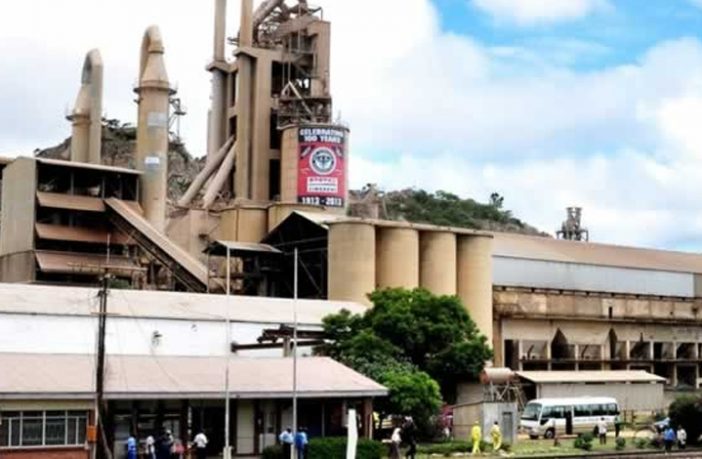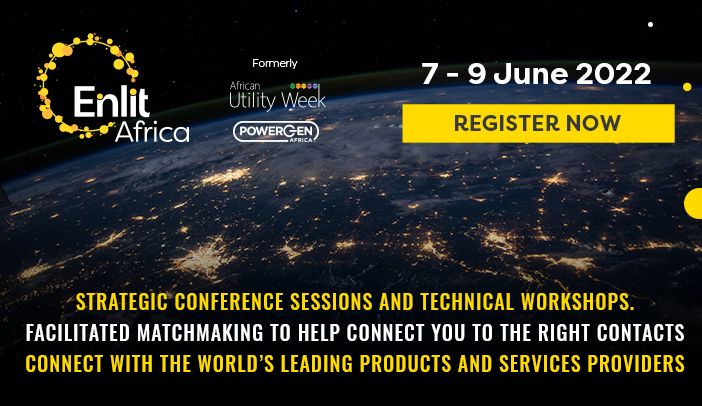- An energy-intensive user, cement manufacturer Pretoria Portland Cement (PPC), is set to develop a 30MW solar power plant in Zimbabwe in line with its decarbonisation strategy.
- PPC has announced that the tender process now complete, it will start construction of the envisaged 30MW solar plant at Colleen Bawn in Matabeleland South this year.
“At Colleen Bawn in Zimbabwe, the tender process to install a 30MW solar PV plant has been finalised and approved by the board with work planned to begin in FY2022,” the company announced.
The Southern African company has 11 cement factories in South Africa, Botswana, DRC, Ethiopia, Rwanda and Zimbabwe. The company has adopted a smart energy strategy to push clean energy across its operations, which has the capacity to produce around 11.5 million tonnes of cement products annually.
Related news: Zimplat’s Issued Licence for two large solar PV projects totalling 185MW
PPC’s climate change strategy includes a long-term goal of transitioning its operations to net-zero carbon dioxide emissions by 2050.
The Colleen Bawn plant will power the clinker establishment in Matabeleland South with about 15MW, while the rest will be fed into the national grid.
This will complement efforts that the Zimbabwean Government has put in motion to increase power generation in the country, a key component in driving the country’s Vision 2030.
According to the economic blueprint, the National Development Strategy 1, the Government intends to increase the overall electricity supply from 2,317MW installed capacity to 3,467MW by 2025.
The Zimbabwe Power Company (ZPC), a subsidiary of state-owned Zimbabwe Electricity Supply Authority (ZESA), is also carrying out maintenance and improvement of power projects across the country. During Q4 2021, ZPC announced that one of the projects, the Hwange Expansion Project was progressing well with about 65% of the work completed.
The project was last year hit by delays due to lockdowns and travel restrictions that were caused by the COVID-19 pandemic. ZPC also announced that it has made headway on the Deka Upgradation Project where the contractor has mobilised to commence the project, with equipment at ports of entry to Zimbabwe and setting up of the contractors’ camp and other preparations for construction in progress.
It said the stringing of the new transmission and distribution line from Hwange to Sherwood substation under the Expansion Project started in July 2021 with a distance of approximately 120km out of 360km has been covered to date.
Author: Nicolette Pombo-van Zyl
Nicolette is the editor of ESI Africa. She takes a keen interest in the trends shaping the power & water utility market in Africa along with the projects and local innovations making headline news.
This article was originally published on ESI Africa and is republished with permission with minor editorial changes.
Zimbabwe’s energy sector will be a hot topic at Enlit Africa


















